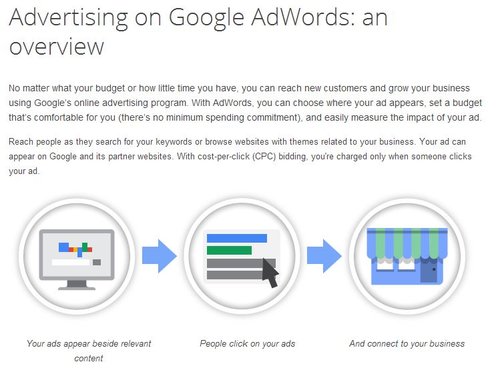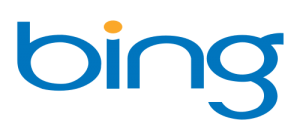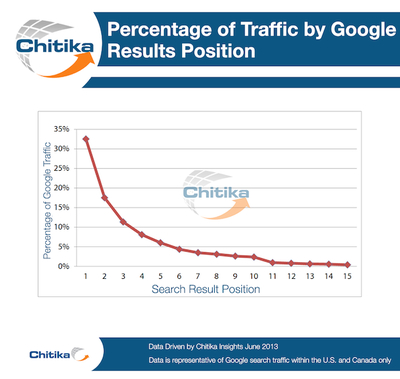![]() Facebook appears to be undergoing large changes to their rules for businesses as they have recently created the opportunity for verified paged, embedding posts, and even giving advertisers access to a large stock photo library.
Facebook appears to be undergoing large changes to their rules for businesses as they have recently created the opportunity for verified paged, embedding posts, and even giving advertisers access to a large stock photo library.
But, the change users are most likely to notice is a huge revision to the rules for how businesses run contests on their pages. As Jessica Lee from Search Engine Watch reports, businesses will now be able to run contests and promotions directly from their own timelines without the use of third-party apps, greatly streamlining the process.
As they announced last week, Facebook has reversed their original rules to allow for users to like, comment, or create posts on a page solely as a voting mechanism or entry into contest. Facebook stated in its promotions help document, “we want to make it easier for businesses of all sizes to create and administer promotions of Facebook and to align our policies to better meet the needs of marketers.”
All of this means businesses can run promotions directly from their timeline and
- Collect entries via posts, comments, or likes on a page post.
- Collect entries via messages from users to the page.
- Utilize likes as a means of voting.
Facebook did say they don’t intend to put an end to contests run through apps. Instead, they see apps as a means to “create a more personalized experience, more in line with your branding strategy.”
They explained the differentiation more, saying:
Apps provide more space and flexibility for content than Page posts alone. Promotions run through apps can collect data in a secure, structured way that may be appealing to advertisers, particularly larger brands.
Creating a promotion with a Page is faster and easier. Additionally, as with all Page posts, Page posts about promotions are eligible to be displayed in the News Feeds of the people who like the Page and can be promoted to a broader audience.
Businesses always have the option of using both an app and their Page to administer a promotion.
On the other hand, Facebook also updated its page terms to restrict pages from encouraging users to tag themselves in content “they are not actually depicted in.” So it is acceptable to ask for likes or comments as part of a promotion, but you cannot post a picture and tag users or ask them to tag themselves, unless they actually appear in the image.







